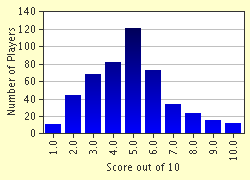Quiz Answer Key and Fun Facts
1. Monet, Degas, Renoir, Matisse. Which of these individuals should be eliminated from this list based on the art movement with which each is most closely associated?
2. Der Blaue Reiter, Die Brücke, Bauhaus, Dresdner Sezession. One of these movements is not associated with German Expressionism, but which?
3. Corinthian, Ionic, Doric and Attic. Which of these terms does not describe an ancient Greek order of column?
4. Ghiberti, Giotto, Donatello, Bernini. One of these early Italian artists does not fit amongst the others based on the art medium with which he was known to work, you select which one.
5. Vorticism, Constructivism, Suprematism, Rayonism. Here's a question that might be a challenge...which of these art movements was not founded in Russia?
6. Kylix, Kore, Amphora, Rhyton. Select the ancient Greek pottery item that was not used to hold liquid.
7. Rembrandt, Rubens, Fabritius, Vermeer. Which of these artists was not either a student or teacher of one of the others?
8. Les Demoiselles d'Avignon, Guernica, The Charnel House, The Third of May. Three of these are titles of paintings by Picasso, while the fourth is not. Select the latter work.
9. Whistler, Wyeth, Sargent, Homer. These four are all celebrated American artists; one was not actually born in America...but which?
10. Menhir, Mastaba, Megaron, Makemono. Three of these terms relate to works of ancient stone sculpture or architecture, while one does not. Which one is unrelated to the rest?
Source: Author
thejazzkickazz
This quiz was reviewed by our editing team before going online.
Any errors found in FunTrivia content are routinely corrected through our feedback system.

